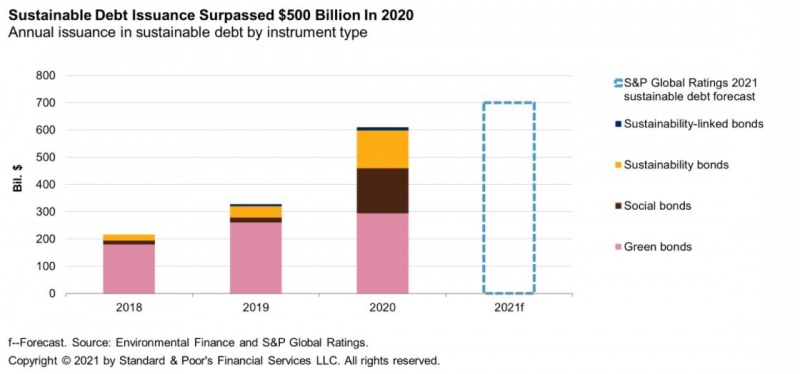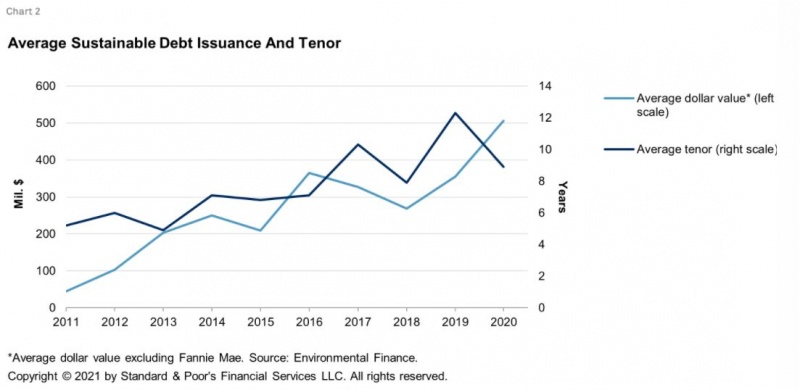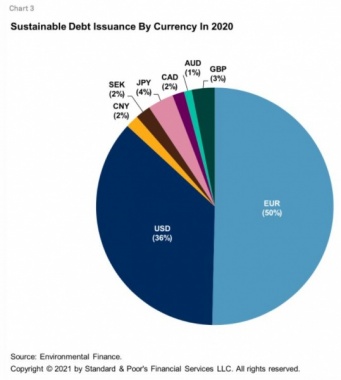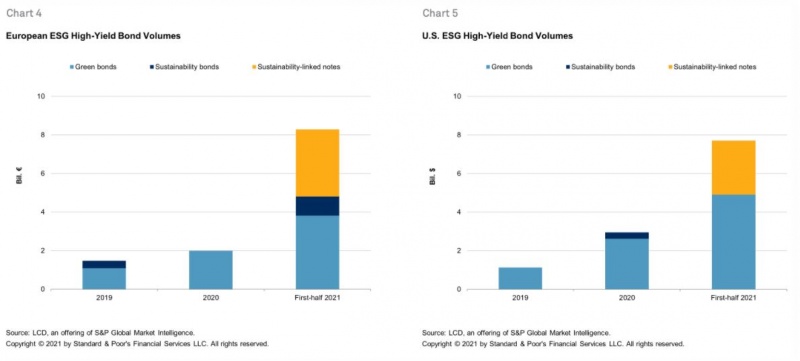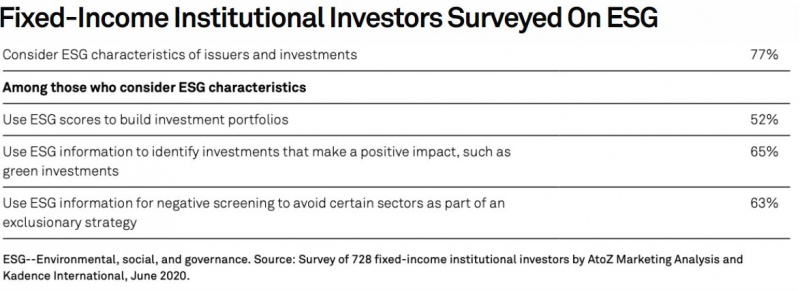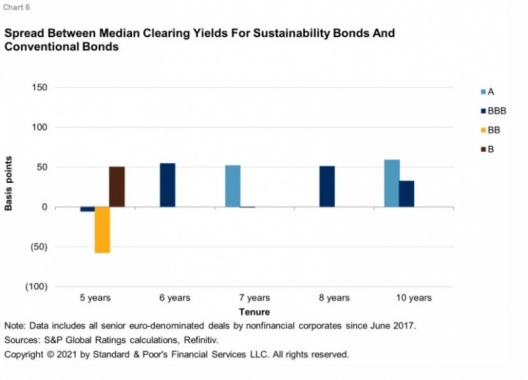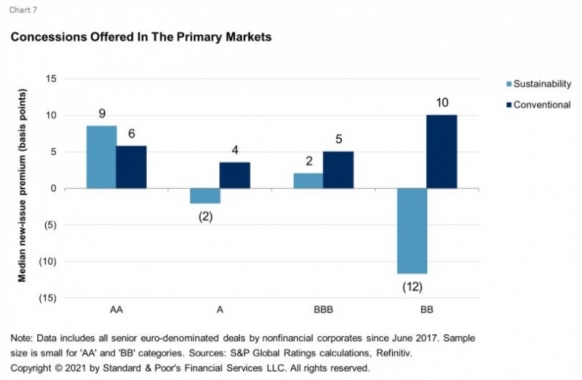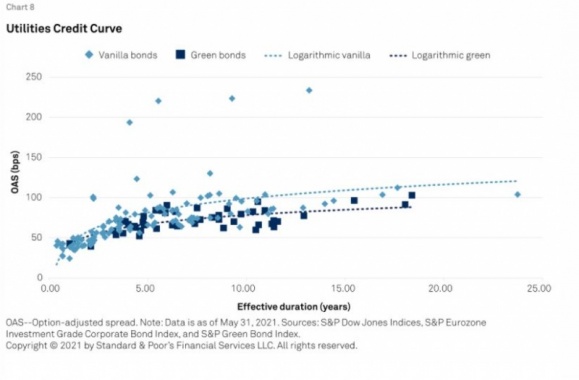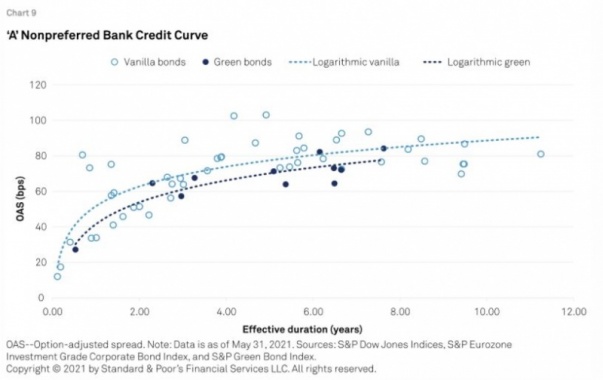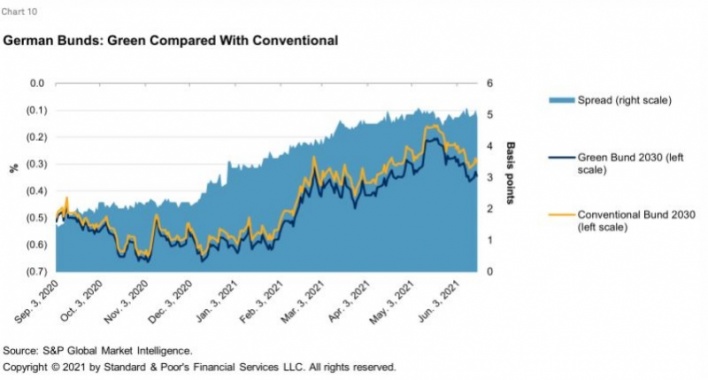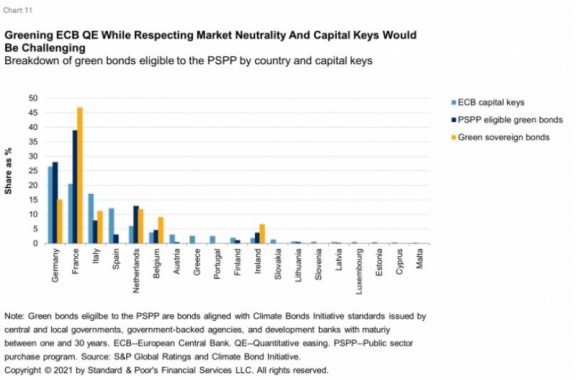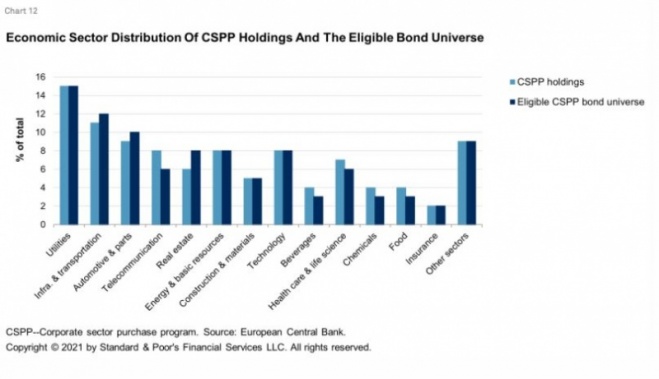Sylvain Broyer joined S&P Global Ratings in September 2018 as Chief EMEA Economist, based in Frankfurt. Before that, Sylvain was Head of Economics at the French investment bank Natixis and a member of the General Management of its German Branch. Sylvain has been a member of the “ECB shadow Council”, a panel of leading European economists formed by German economic daily Handelsblatt since November 2012, and is a member of different public sector advisory groups (European Investment Bank, European Security Markets Authority, French Markets regulation authority). He holds doctorate degrees in Economics from the Universities of Frankfurt and of Lyon as well as a certification from the International Securities Market Association (ISMA). He teaches at the Paris Dauphine University for the Master in Banking & Finance.


